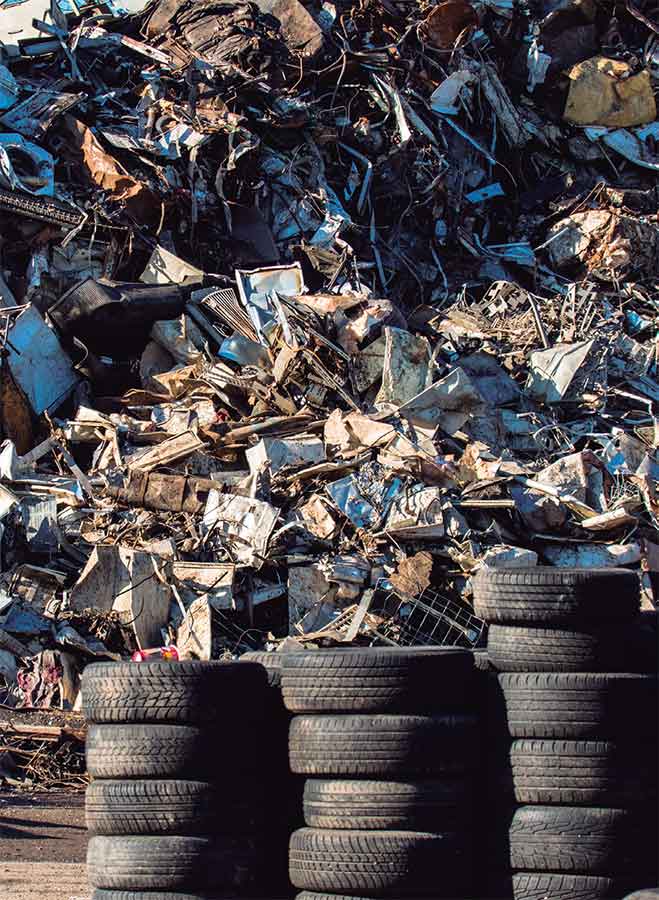BRIK
PREPARING ALTERNATIVE FUELS FOR THE CEMENT INDUSTRY
THE AVAILABILITY IN LARGE VOLUMES OF REFUSE DERIVED FUEL (RDF) with high calorific value, relatively uniform composition and morphology, offers a competitive advantage for cement companies. On the other hand, the current management scheme for end-of-life vehicles (ELVs) leads to the generation of the so-called light fraction waste, which, after being treated to recover metals, yields a material rich in plastics and elastomers with high calorific value. However, it is a very bulky fraction of waste material, with a relatively low bulk density, which makes direct recovery as RDF diffi cult, since it is very difficult to feed and easily washed away by suction and gas treatment systems in place at potential recovery facilities. At present, disposal at authorised landfill sites is common.
DEYDESA 2000, part of the Otua Group, is specialised in recycling fractions from ELVs shredding, recycling small and complex metals, sorting steelworks rejects and separating clean metal. For the BRIK project implementation, the company worked with LEMONA, a cement manufacturer, and INATEC, Otua Group’s R&D Unit.

DRIVING FACTOR


 OBJECTIVES
OBJECTIVES
- Recovering energy contained in the non-metallic and light fraction of car shredder waste for cement production.
- Reduce the volume of light fraction by pelletisation and adapt particle size to free it from dust.
- Reduce the unit cost of transporting the light fraction under study and facilitate its storage.
 RESULTS
RESULTS
- Tests at the supplier company with an initial material sample indicated that the material was suitable for pelleting, but this was not the case in pilot trials conducted at DEYDESA 2000.
- Different humidity, crushing and compression tests were carried out, but in the end pelletisation could not be maintained on a continuous basis over time or was not homogeneous (sometimes very compact pellets were obtained, while at other times, powder or partially melted materials were produced).
- The erratic behaviour of the process does not seem to be associated with humidity and compression ratio variations.
 CONCLUSIONS
CONCLUSIONS
- The pelletisation process proposed by BRIK is unstable and fails to allow the production of pellets in a constant way over time.
- With a view to recovering light reject from light fraction, DEYDESA 2000 and the Otua Group are planning, together with several European companies and technology centres, to participate in the Horizon 2020 programme to find energy efficient solutions using this material as fuel.
ENVIRONMENTAL
TECHNICAL
ECONOMIC
COMMERCIAL
ON THE MARKET



